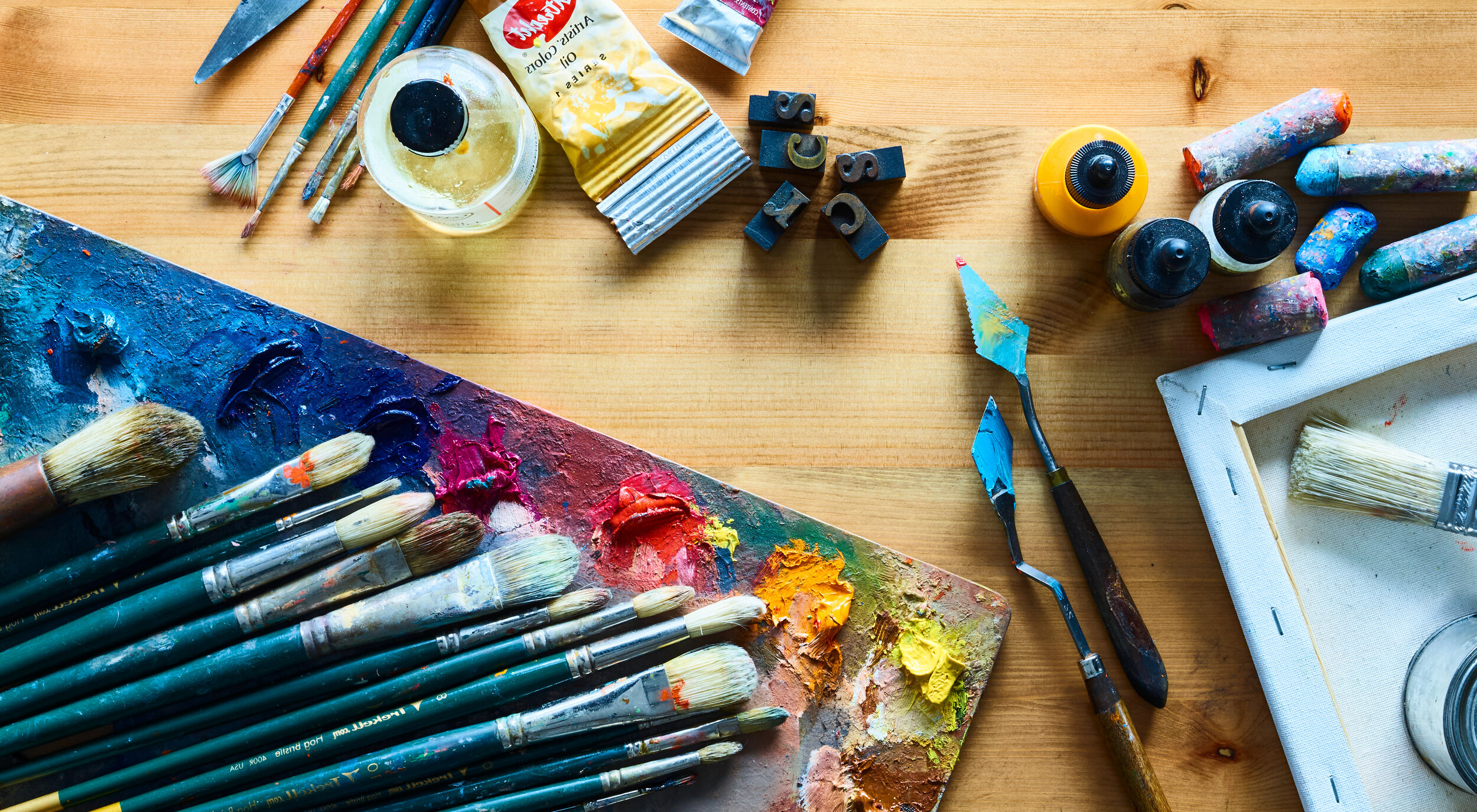
Children - Lesson 4: “I DUNNO!”
Child
Hi. Let’s get talking! If someone asks for your reaction to an art work, there’s no right or wrong answer. You’re just saying what you think. Sometimes, as you hear other people speak, your opinions will change. That’s ok. Interpreting art is a journey. It begins with a first step. Are you ready?
Adult/Teacher
Hello. Every adult knows that engaging children in discussion can be tricky. This lesson provides some tips on how to get a discussion going. At the end of the lesson, we asked a family of teenagers and young children to take an art work hanging in their home and look at it as deeply as they can.
Breaking Through Barriers
Every child has answered, “I dunno” at least once. A question is asked of them, and even though they probably could answer if they wanted to, they decide to shrug it off, instead. Maybe an answer would take too much energy. Maybe their mind is elsewhere. Maybe they’ve never thought of the question before. Maybe they don’t want to seem unknowledgeable or be judged negatively if the listener doesn’t like their answer.
Interpreting art is like that for many people.
Part of the problem is that we’re asking the wrong questions. When a child is shown an art work or object and asked, “What does this mean?”, of course they don’t want to try to answer that. It’s a minefield of potential trouble. If you asked the artist what their work meant, they wouldn’t want to answer it, either—not because there is no answer, but because there is no single, “correct” answer.
Interpreting art is about asking good questions to explore what the work does for you. So ask those.
When answering a question—not just an art question, any question—there has to be a motivation to answer: To be polite, to win acceptance, to be rewarded in some way, to avoid the problems that might come if the question weren’t answered. These are all transactions.
Why should a child want to answer a question about art and what are some good questions to ask to get children engaged in talking about art?
Children love to play. Can you make interpreting art into a game? Go back and forth, with each person naming one thing they see in the art work or object. It will get harder and harder, but keep pushing and exploring together. Say: “Name one more thing that you see, and I will, too.”
Children are curious. Can you make the interpretation of art like a mystery? Follow the clues in the art work and ask questions about everything you see. Ask: “Why do you think that’s in the artwork?”
Children display emotions. Although controlling their emotions is a challenge for children, often they filter their emotions less than adults do. Can you turn their emotional accessibility into a tool to interpret art? Have the child fill in the blank, “This work makes me feel _________.” Then ask, “What else?”
Children are uninhibited. A barrier to art interpretation is the fear of being “wrong.” Can you make it clear that all answers are welcome by going to opposite extremes? Make up some responses yourself that are the opposite of how you actually interpret the work. For example, looking at a painting of a bowl of fruit, say with a wink: “This painting is obviously about a turtle that was cursed by a witch and turned into a pineapple.” Then keep the silliness going with the child with increasingly implausible interpretations.
Children love stories. Can you and the child create your own story using the art or object in front of you? Interpreting a work is more than trying to see it as the artist did when it was made. Take the work and turn it into a story of your own. Say: “Let’s make up a story about this work.”
Children want to learn. Can you turn learning about art into something engaging? Find aspects of the art work or object that connect to something else that the child is learning about.
Children crave relationships. Look at the opportunity to interpret art as together time. As the adult, you’re not teaching, correcting, parenting. You’re just talking. Every child wants to be an expert at something. Let the child be the expert of the art work they’re looking at. So don’t act like you know it all, just enjoy being together and hanging out with art.
Children are creative. As you look at an art work or object with a child, help the child to imagine the creative process. Ask questions that put the child in the role of an artist, such as: “How would you have made it differently?”
Charlie and Ivy Westfall lead a family discussion with Reese, Eliza, William, and Charlotte (filmed by Amber Westfall and assisted by Charles Westfall) about an art work in their home:
Jonathan Frioux (American, born 1986)
This Sway (2018)
risograph, 10.5 x 10 inches
Collection of the Westfall Family
Interpretation in Practice
Can your family talk about art? Watch the video above with the Westfall family. Note how their conversation evolves as they go deeper and deeper into the interpretation of the work.
What kinds of questions are they asking each other?
How do they prompt each other to see something and then see something else?

